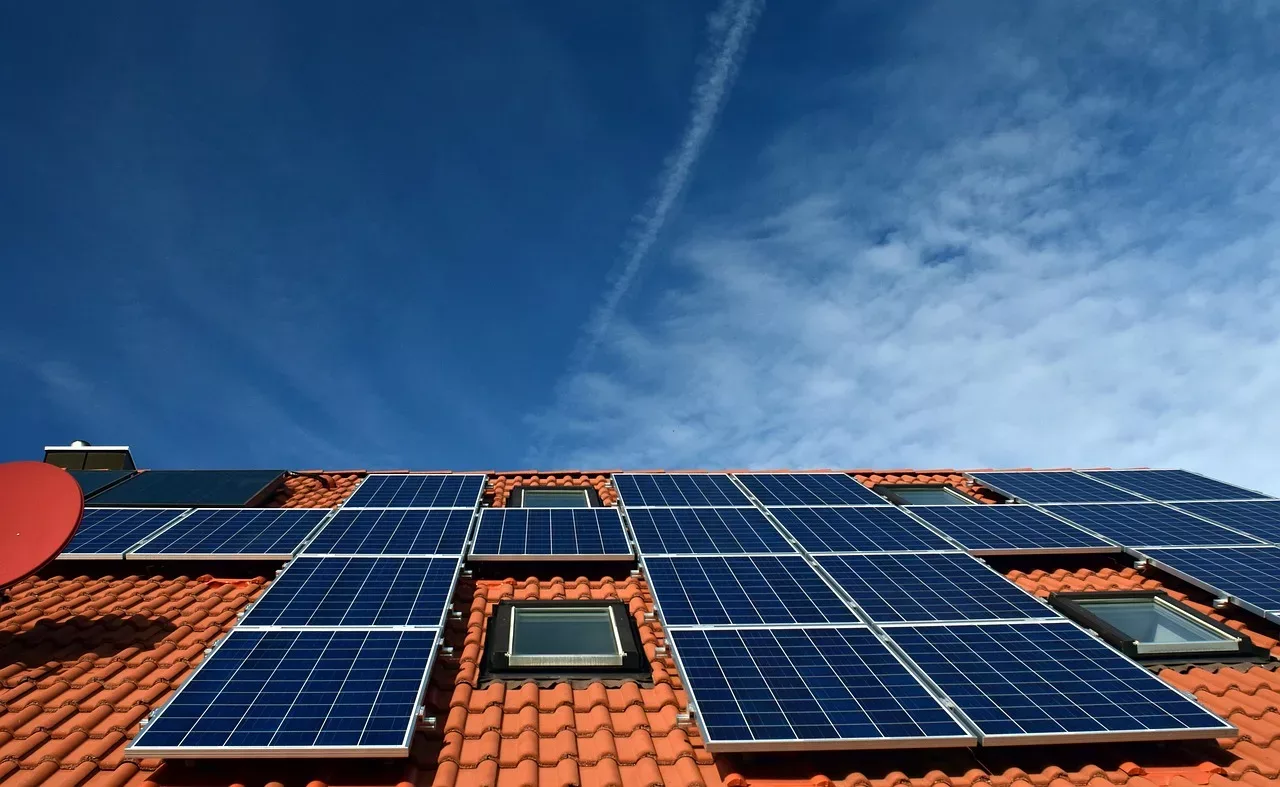Australia’s ongoing energy transition poses significant risks of energy shortfalls, particularly as the country accelerates the retirement of its aging coal power fleet. The Australian Energy Market Operator has warned that without adequate infrastructure and investment in renewable technologies, the reliability of electricity supply could be compromised, leading to potential blackouts and increased costs.
What are the main risks associated with Australia’s energy transition?
The primary risks associated with Australia’s energy transition include:
- Reliability Issues: As coal plants retire, there may not be sufficient backup generation capacity to meet peak demand.
- Investment Delays: Slow development of renewable projects and necessary infrastructure can lead to gaps in supply.
- Increased Prices: Transitioning too quickly without adequate planning may result in higher electricity prices for consumers.
- Public Resistance: Community opposition to new renewable projects can hinder progress.
Chart: Risks of Energy Transition
| Risk | Description |
|---|---|
| Reliability Issues | Potential for blackouts due to insufficient backup |
| Investment Delays | Slow deployment of renewables and infrastructure |
| Increased Prices | Higher costs for consumers during transition |
| Public Resistance | Opposition to new projects affecting timelines |
How is the retirement of coal power plants impacting energy supply?
The retirement of coal power plants significantly impacts Australia’s energy supply by reducing stable, dispatchable power sources that have traditionally supported the grid. As these plants close, especially those that are older and less efficient, there is a risk of insufficient generation capacity during peak demand periods, particularly if renewable sources like solar and wind cannot meet demand due to their intermittent nature.
Chart: Impact of Coal Retirement on Energy Supply
| Year | Coal Capacity Retired (GW) | Impact on Supply |
|---|---|---|
| 2022 | 2 | Moderate |
| 2023 | 3 | High |
| 2024 | 4 | Critical |
What role do renewable energy sources play in the transition?
Renewable energy sources are central to Australia’s transition away from fossil fuels, aiming for a target of 82% renewables by 2030. Solar and wind are expected to dominate new generation capacity, contributing significantly to reducing greenhouse gas emissions. However, their intermittent nature requires complementary technologies such as battery storage and gas generation to ensure reliability.
Chart: Renewable Energy Contribution
| Source | Current Contribution (%) | Target by 2030 (%) |
|---|---|---|
| Solar | 20 | 40 |
| Wind | 18 | 30 |
| Hydro | 7 | 10 |
Why is infrastructure development critical for maintaining energy reliability?
Infrastructure development is crucial for maintaining energy reliability during the transition because it ensures that there is sufficient capacity to deliver electricity when needed. This includes building new transmission lines, upgrading existing ones, and investing in storage solutions that can hold excess generation from renewables for use during peak demand times.
Chart: Infrastructure Needs
| Infrastructure Type | Current Status | Required Upgrades |
|---|---|---|
| Transmission Lines | Overloaded | Significant upgrades needed |
| Storage Solutions | Limited availability | Expansion required |
What strategies can be implemented to mitigate potential energy shortfalls?
To mitigate potential energy shortfalls during this transition, several strategies can be employed:
- Accelerate Renewable Deployment: Streamline regulatory processes to expedite the construction of renewable projects.
- Enhance Grid Infrastructure: Invest in modernizing transmission networks and increasing storage capabilities.
- Diversify Energy Sources: Incorporate a mix of generation technologies including gas and biomass alongside renewables.
- Community Engagement: Foster public support through transparent communication about benefits and impacts of new projects.
Chart: Mitigation Strategies Overview
| Strategy | Description |
|---|---|
| Accelerate Renewable Deployment | Expedite regulatory approvals |
| Enhance Grid Infrastructure | Upgrade transmission networks |
| Diversify Energy Sources | Include gas and biomass in generation mix |
| Community Engagement | Build public support through communication |
Latest News
Recent reports indicate that Australia’s National Electricity Market (NEM) faces increasing pressure as coal-fired power plants retire faster than new renewable projects can be deployed. The Australian Energy Market Operator has highlighted urgent needs for investment in both generation and transmission infrastructure to prevent reliability issues as demand continues to rise.Editor Comment
“The speed at which we retire coal must match our ability to replace it with reliable alternatives,” says Dr. Fiona McKenzie, an expert in energy policy. “Without careful planning and investment in infrastructure, we risk not only blackouts but also losing public trust in our ability to manage this critical transition.”



